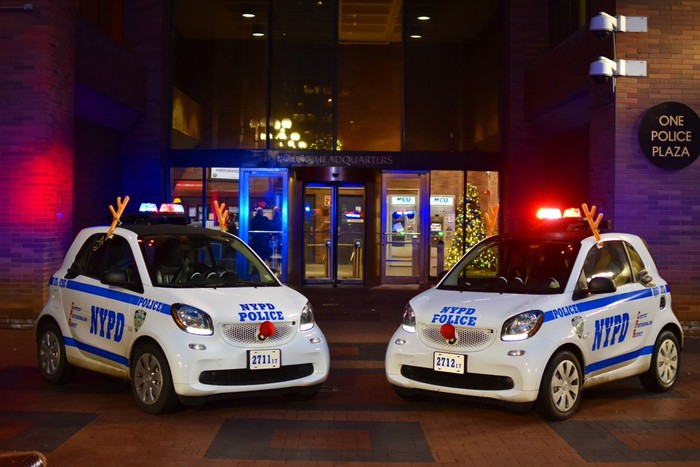
NYPD threatens Waze, claims posting DWI checkpoints may be 'criminal conduct'
The agency promises to pursue "all legal remedies" to block Waze from showing where police have been spotted.
Google-owned Waze has come under fire from police once again, receiving a cease-and-desist letter from the New York Police Department over the app's references to officer locations.
"The NYPD has become aware that the Waze Mobile application ... currently permits the public to report DWI checkpoints throughout New York City and map these locations," the letter says, as quoted by StreetsBlog. "The NYPD will pursue all legal remedies to prevent the continued posting of this irresponsible and dangerous information."
The agency has demanded that Waze immediately remove the function from its app platform, arguing that individuals who flag locations of DWI checkpoints "may be engaging in criminal conduct" since the actions "could be intentional attempts to prevent and/or impair the administration of the DWI laws and other relevant criminal and traffic laws."
To be clear, Waze allows users to flag the location of police but not explicitly identify the presence of a DUI/DWI checkpoint. Other apps that have offered the ability to identify a checkpoint have been rejected by Apple and Google's respective mobile app stores.
Notably, DUI checkpoints are not considered constitutional in many states, while others require police departments to provide advance public notice of the checkpoint to protect against constitutional challenge. In 1990, the US Supreme Court ruled that sobriety checkpoints are constitutional, if properly conducted, though dissenting Justice Paul Stevens argued that "the findings of the trial court ... indicate that the net effect of sobriety checkpoints on traffic safety is infinitesimal and possibly negative."
An FBI study separately found that the alternative enforcement strategy of a saturation patrol "is the most effective method for apprehending offenders."